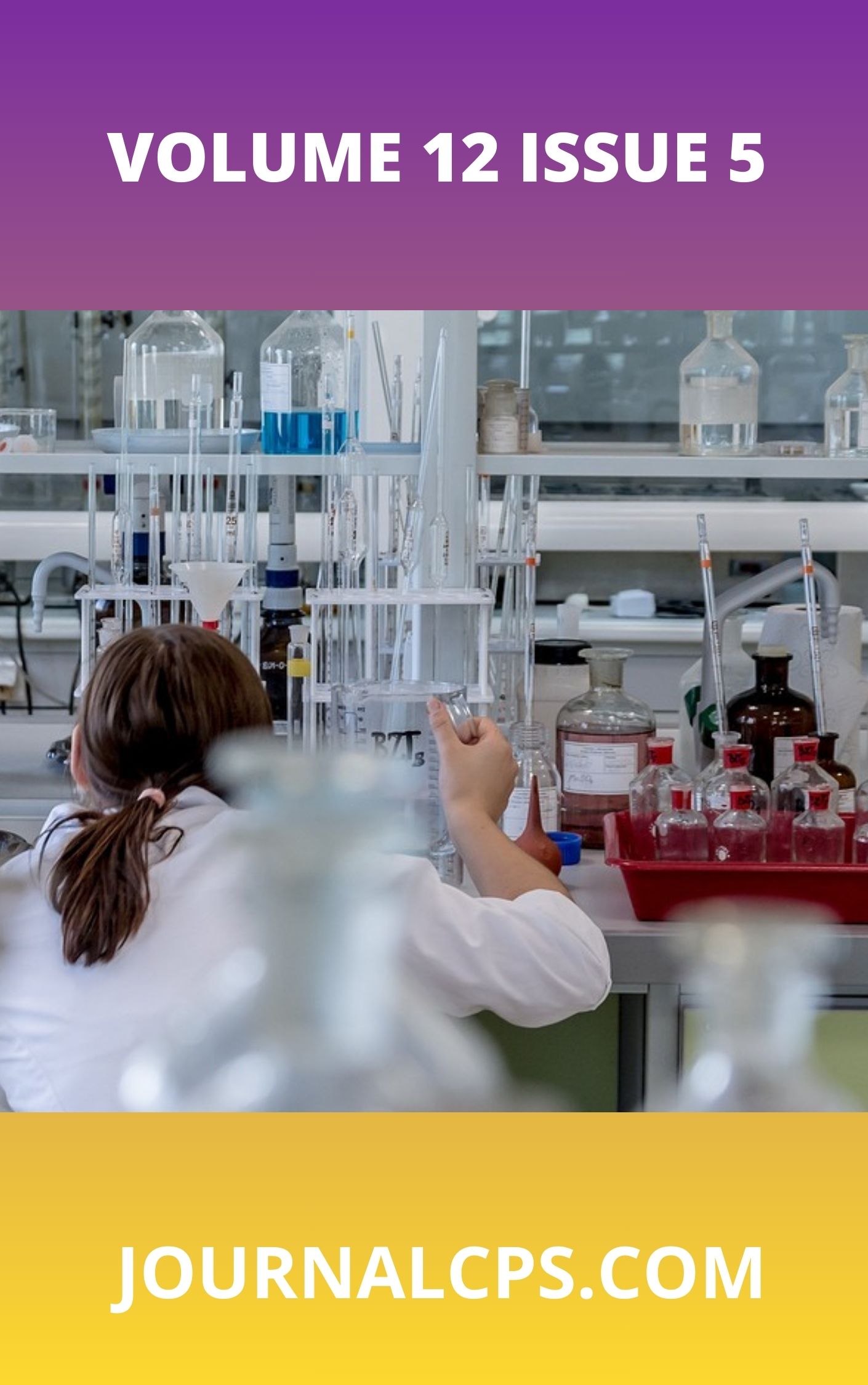A Conceptual Framework for Managing Pandemics: Integrating Disease Models with Public Behavior and Misinformation Control
Keywords:
Pandemic modeling, Public behavior, Misinformation, SEIR model, Dual-spread frameworkAbstract
Pandemic response strategies have traditionally relied on classical epidemiological models such as SIR and SEIR, which primarily focus on the biological transmission of infectious diseases. However, these models often overlook the significant influence of public behavior, trust in science, and the rapid dissemination of misinformation. This paper proposes an integrated conceptual framework that bridges these gaps by combining epidemic modeling with behavioral and informational dynamics in what is termed a "Dual-Spread Model." Through a synthesis of literature, historical examples (COVID-19, H1N1, Ebola), and illustrative diagrams, the study reveals how misinformation, public trust, and community responses can either amplify or suppress disease spread. The framework emphasizes feedback loops between disease outcomes, information flows, and behavioral responses, offering practical insights for policymakers. Key policy recommendations include behavior-informed vaccination campaigns, targeted communication strategies, and coordinated efforts between public health institutions and information platforms. This interdisciplinary approach provides a more robust and adaptive tool for future pandemic preparedness and response.
Similar Articles
- Isah Muhammad, Gafar Matanmi Oyeyemi, Generalized Variance Estimator using Two Auxiliary Variables under Stratified Random Sampling , Communication In Physical Sciences: Vol. 12 No. 2 (2025): VOLUME 12 ISSUE 2
- Aniekan Udongwo, Monitoring, Assessment, and Remediation of Heavy Metal Contamination: Techniques, Strategies, and Policy Frameworks , Communication In Physical Sciences: Vol. 10 No. 3 (2023): VOLUME 10 ISSUE 3 (2023-2024)
- Hamza Abubakar Hamza, Abubakar Danjuma Bajoga, Yusuf Mohammed Auwal, Hankouraou Seydou, Determination of Some Physicochemical Properties, Heavy Metals and Micronutrients of Some Energy Drinks Available in Nigeria , Communication In Physical Sciences: Vol. 12 No. 3 (2025): VOLUME 12 ISSUE 3
- Abdullahi Lawal, Musa Bello, Ahmed Musa Kona, Quasi-particle band structure and optical properties of Perylene Crystal for Solar Cell Application: A G0W0 Calculations , Communication In Physical Sciences: Vol. 8 No. 2 (2022): VOLUME 8 ISSUE 2
- Onanuga Omotayo Aina, Titus Morrawa Ryaghan, Bello Musa Opeyemi, Momoh Daniel Clement, Goat Horn Biochar as a Low-Cost Adsorbent for the Removal of Cadmium and Zinc ions in Aqueous Solution , Communication In Physical Sciences: Vol. 10 No. 3 (2023): VOLUME 10 ISSUE 3 (2023-2024)
- Imaobong Ekwere Daniel, Chemical Profiling, Antioxidant and Antimicrobial Activity of Cinnamomum Tamala (Indian Bay Leaf) Extract , Communication In Physical Sciences: Vol. 12 No. 3 (2025): VOLUME 12 ISSUE 3
- A. Mahmud, Ismail Muhammad, Sadiya Ibrahim, The Impact of Field Trip on the Retention and Academic Performance in Ecology, Among Secondary School Students in Zaria Local Government Area, Kaduna State , Communication In Physical Sciences: Vol. 8 No. 2 (2022): VOLUME 8 ISSUE 2
- Isaac Owoicho Agada, Magnus Uzoma Igboekwe, Faustinus Chukwunweike Anyadiegwu, Characterization of Subsurface Densities Using Aerogravity Data of Okigwe and Environs , Communication In Physical Sciences: Vol. 8 No. 3 (2022): VOLUME 8 ISSUE 3
- Amaku James Friday, Victor Okezie Ikpeazu, Ifeanyi Otuokere, Kalu K. Igwe, Targeting Glycogen Synthase Kinase-3 (Gsk3β) With Naturally Occurring Phytochemicals (Quercetin and its Modelled Analogue): A Pharmacophore Modelling and Molecular Docking Approach , Communication In Physical Sciences: Vol. 5 No. 4 (2020): VOLUME 5 ISSUE 4
- Dahunsi Samuel Adeyemi, Effectiveness of Machine Learning Models in Intrusion Detection Systems: A Systematic Review , Communication In Physical Sciences: Vol. 11 No. 4 (2024): VOLUME 11 ISSUE 4
You may also start an advanced similarity search for this article.




